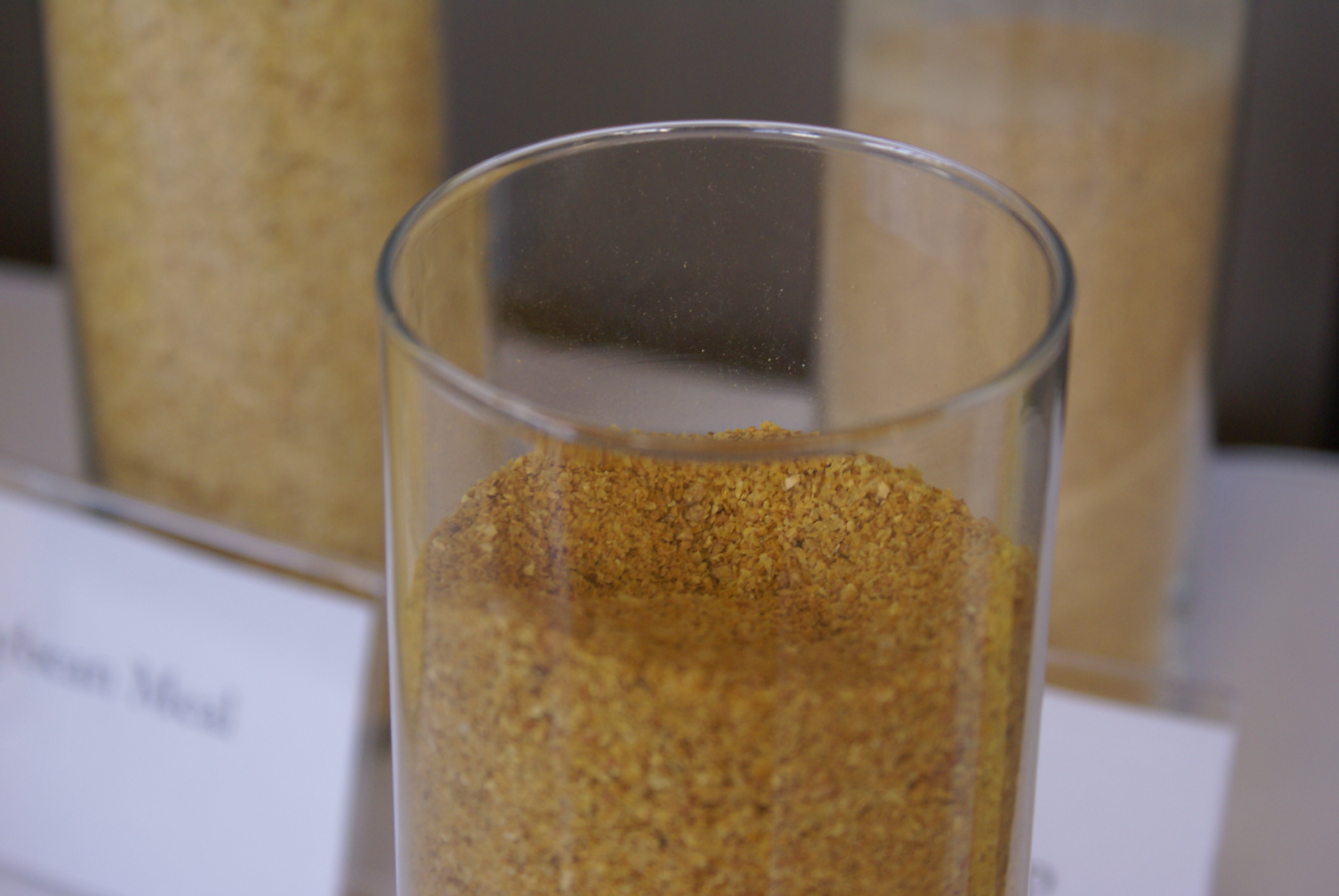DDGS and enzymes make a good mix in broiler diets

DDGS can be a good alternative ingredient in diets for broilers. Its use in combination with a multi-enzymatic complex, combined with an extra dose of phytase, can help to achieve optimal performance. A few trials, conducted in Argentina, are described here.
Distillers Dried Grain with Solubles (DDGS) is the result of extracting ethanol from grains through dry milling. The US is the main producer of ethanol extracted from corn, which provides 150 million tonnes to this industry annually. This country and China together consume 14 millions tonnes per year for the elaboration of animal feed for poultry and pigs. The ethanol industry started in Argentina in 2012. The forecasts for 2015 show a demand for 2.4 million tonnes of corn destined to produce 950,000 litres of ethanol and 720,000 tonnes of DDGS. The majority of the ethanol plants are located in the provinces in the centre of the country, where corn is grown naturally.
These areas correspond with zones that have a high density of poultry, so there is a high potential for the use of these sub-products for the elaboration of animal feed for birds. In Argentina, the average level of protein contained in the DDGS is 26% (as fed). The level of total Lysine is higher than in corns with low digestibility (60-70%). In the case of sulphur amino acids, the digestibility is a little bit higher (70-75%). If we take a finisher standard diet for broilers (28-42 days for birds) based on corn and soy with a 15% inclusion of DDGS as an example, the level of protein in the diet is nearly 20%, with digestible lysine that represents 5% of the total and moderated levels of sulphur amino acids and threonine digestible (12% and 13% respectively). The content of unsaturated fat is high (5-10%). The hydrolysis process and the drying to which the product is submitted increases the concentration of free fatty acids. Between different authors, the ME can vary between 2,600 and 2,950 Kcal, depending fundamentally on the composition, processes and digestibility coefficients from different fractions. The content of total phosphorus is high, with high availability, resulting in 0.45-0.55% of avail-able phosphorus. They can also contain high levels of xanthophyll, which can improve pigmentation; up to 35 mg/kg were found in DDGS. The levels of crude fibre obtained analytically are in excess of 10%. Almost all the starch has been converted to ethanol, so that a big concentration of non-starch polysaccharides and especially cell-wall components exists. This is why the use of exogenous enzymes is presented as an alternative; to increase the efficient use of nutrients in diets formulated with DDGS.
DDGS and eznymes
This study’s objective is to test the level of inclusion of DDGS, together with enzymes, in diets for broilers. The tests were run in two experiments at the experimental farm of the company Cladan, located in San Andrés de Giles, Buenos Aires Province, Argentina. The house is divided into floor pens with conditions of housing similar to a commercial farm. The zootech-nical parameters, housing parameters and sanitary conditions were registered. The design and statistical analyses were done in the Statistics Division of the Basic Sciences of Universidad Nacional de Luján. All the diets administered were based on corn and soy according to the nutritional requirements of the genetic line.
In the first assay, 640 male broilers were distributed between 32 floor pens according to a randomised, complete block design. With 20 birds per pen, it consisted of four treatments with diets containing 15% of DDGS: A-diet with a normal energy level; B-diet with a low level of energy (-150Kcal) and a 50g dose of multi-enzymatic complex (xylanase, amylase and protease); C-diet with a low level of energy (-150Kcal) and a 100g dose of multi-enzymatic complex (xylanase, amylase and protease); D-diet with a normal energy level and 100g dose of a bacterial phytase (dose equal to 1,000 FTU). The feeding plan consisted of a pre-starter for up to 10 days, a starter from 11 to 21 days, and a finisher up to 42 days. Although statistical differences were not found with the statistical methods used, numerically speaking, the diets formulated with DDGS with a low level of energy and the addition of multi-enzymatic complex resulted in higher body weight (Table 1) and less feed conversion (Table 2) than DDGS diets with normal levels of energy without the addition of enzymes. The DDGS used contained 10% crude fibre. The addition of multi-enzymatic complex increased the digestibility of diets with a greater fibre content. The addition of 1,000 FTU of phytase (750 FTU formulated and 250 FT on top) to DDGS diets with normal levels of energy resulted in better weight and less feed conversion than the rest of the treatments. The addition of an extra dose of phytase would allow benefits to be gained from other nutrients, not only phosphorus.
Good alternative ingredient
In the second study, 300 male broilers were distributed between 15 floor pens. The group was divided into three treatment groups, with diets including 10% DDGS in the pre-starter diet and 15% DDGS in the remainder of the diets, with the addition of multi-enzymatic complex (mix of carbohydrolases, 500 FTU phytase and protease): A-control diet with DDGS; B-diet with DDGS and multi-enzymatic complex 1 and a C- diet with DDGS and multi-enzymatic complex 2. The diets were all supplied from the start of breeding. Higher body weight and less conversion were found in all the stages for treatments B and C, with a better ratio bodyweight/feed conversion (Table 3) up to the end of the growth period. When we compare the zootechnical parameters of diets with DDGS that were used in these two experiments with the control diets without DDGS used at the experimental farm for the last five years, we see that higher or equal weights were obtained and that the average of feed conversion index is the farm´s normal average. These experiences show that it is possible to use DDGS as an alternative ingredient in diets for broilers, achieving an optimal performance when we use multi-enzymatic complex and combined with an extra dose of phytases.
References are available on request.











